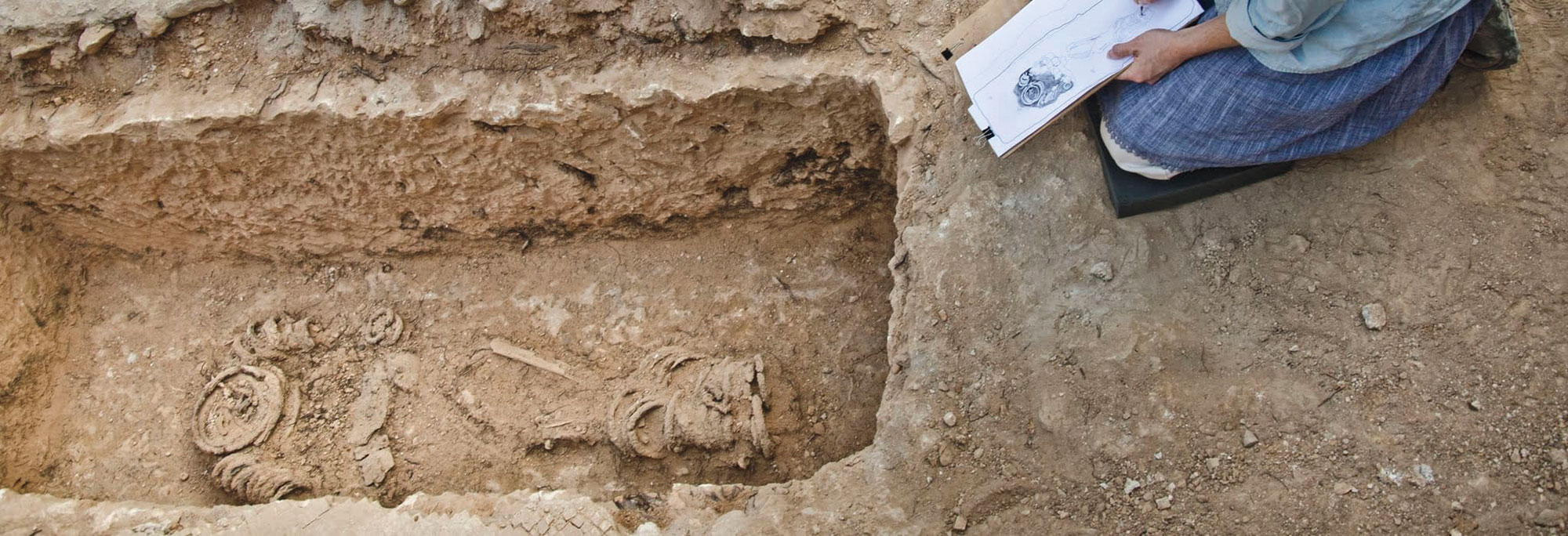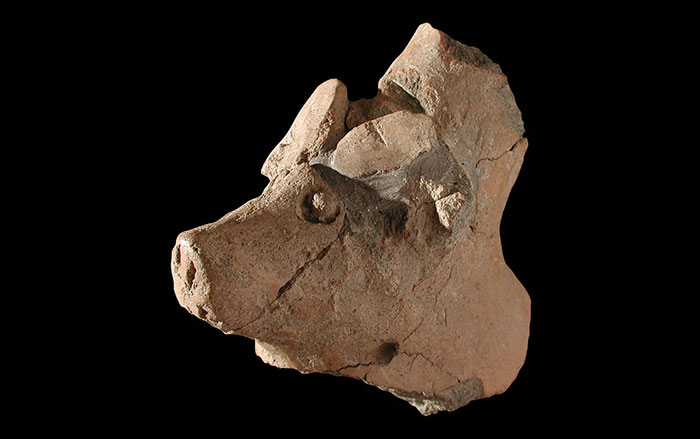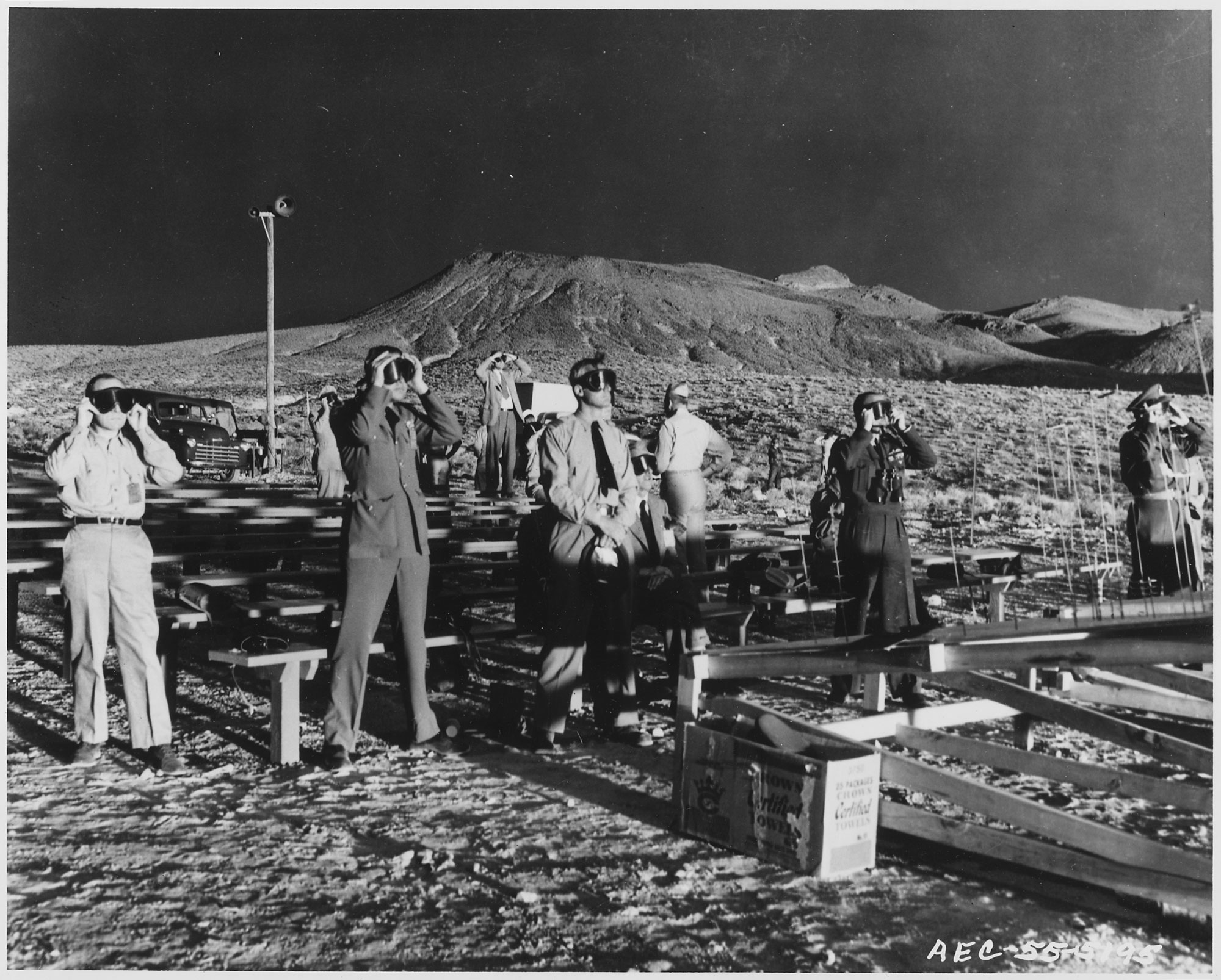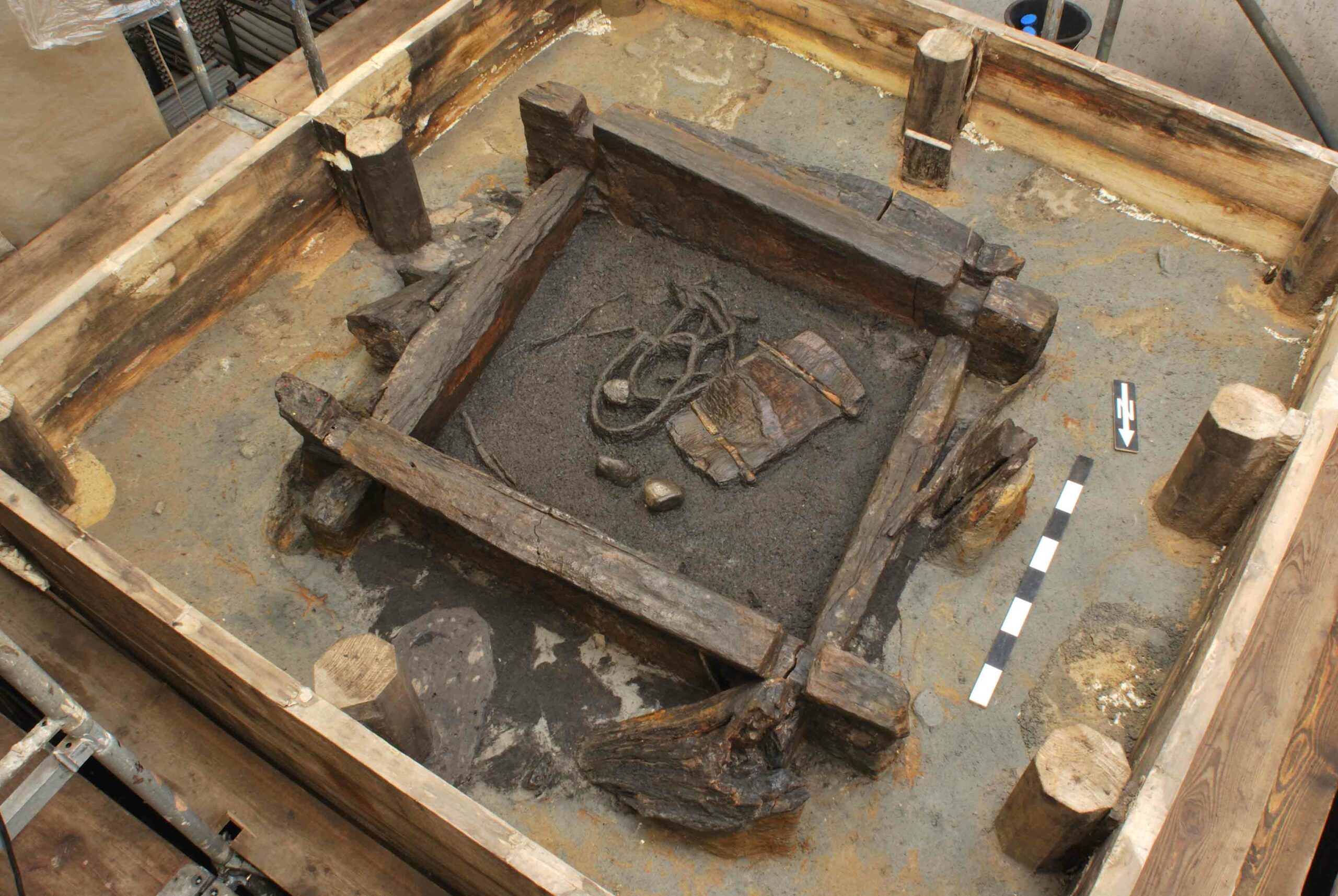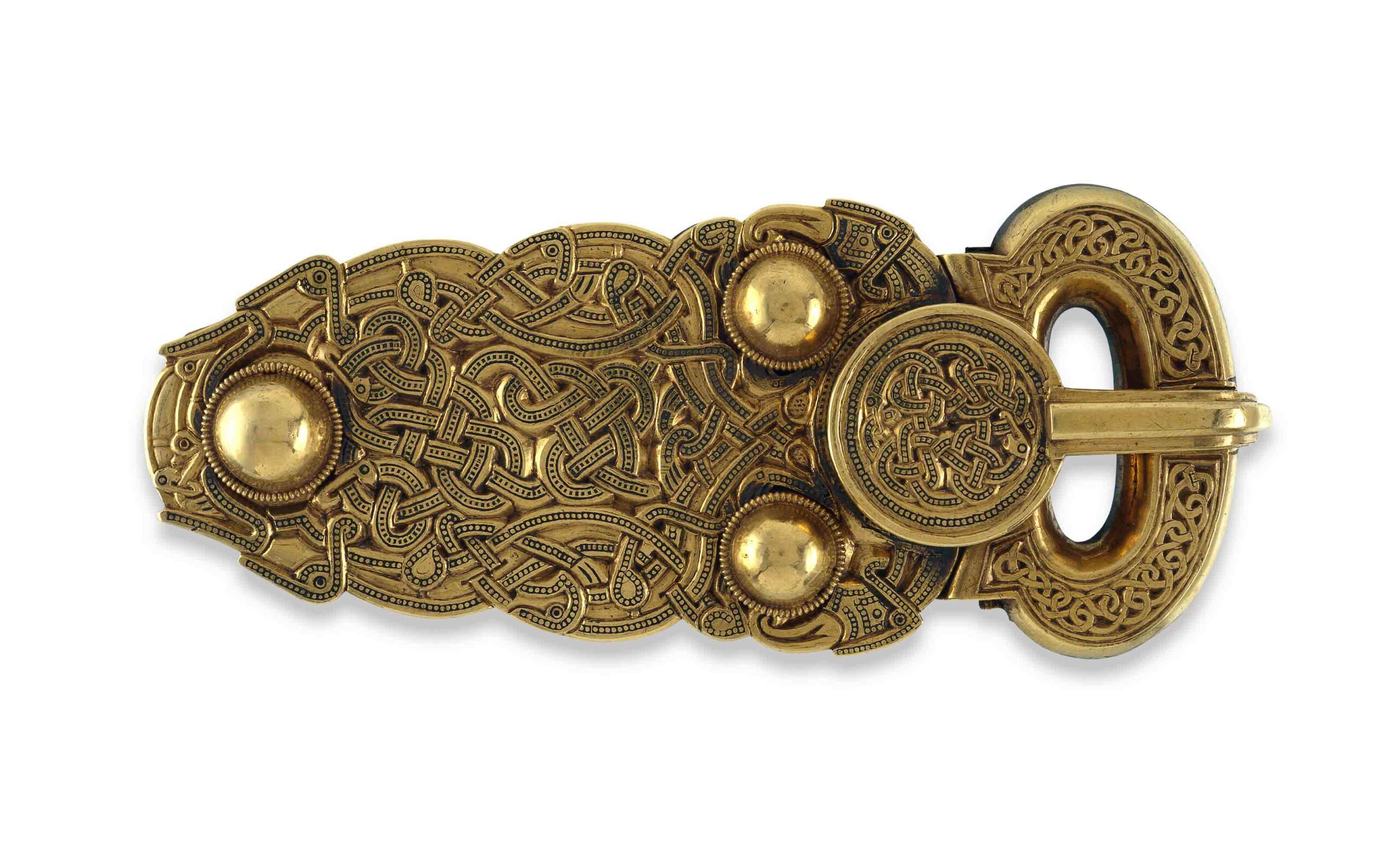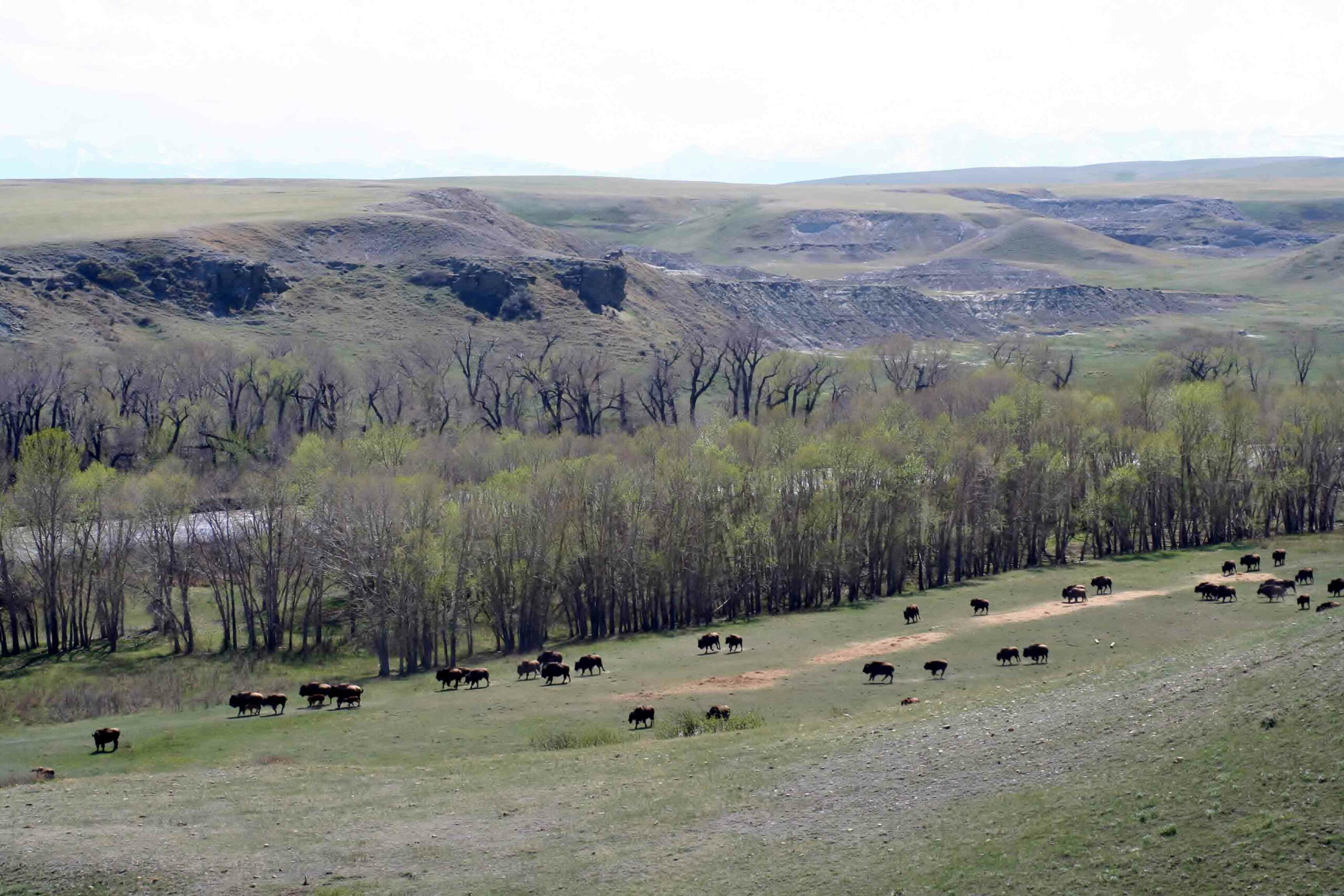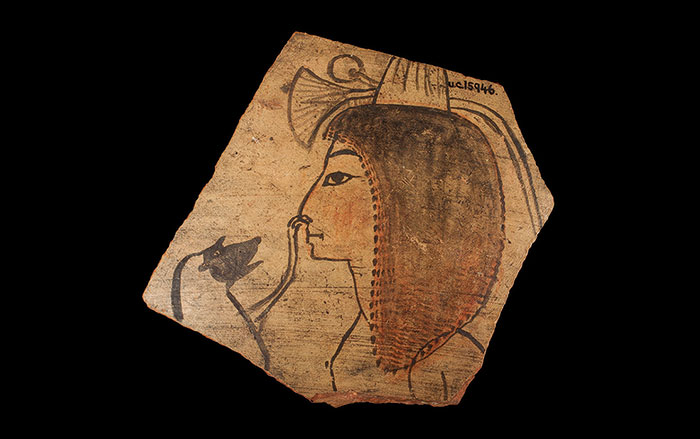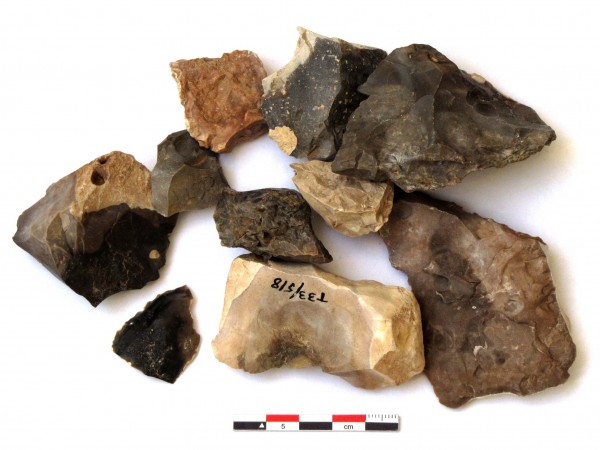
HAIFA, ISRAEL—A study of flint tools and debris recovered from Israel’s Tabun Cave suggests that human ancestors regularly began using fire some 350,000 years ago. “Tabun Cave is unique in that it’s a site with a very long sequence. We could examine step by step how the use of fire changed in the cave,” Ron Shimelmitz of the University of Haifa told Science. While almost none of the flints from the oldest layers of the cave were burned, many of the flints from layers dating after roughly 350,000 years ago are red or black, cracked, or have small, round depressions where fragments flaked off the stone. Shimelmitz and his colleagues suggest that because wildfires are rare in caves, the flints were probably burned in fires controlled by ancestral humans. Other sites in the Eastern Mediterranean and Europe suggest a similar timeline for the regular use of fire. To read about even earlier use of fire, see "We Didn't Start the Fire... Homo erectus Did."



